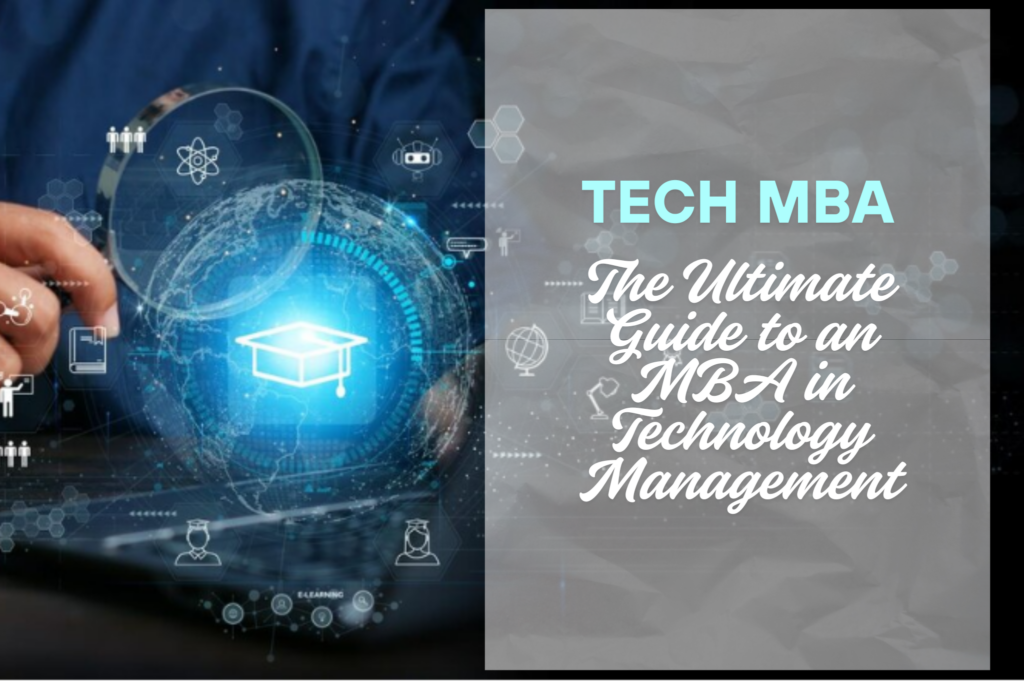The Future Of Workforce Analytics - Sameer Dhanrajani

AI Led Talent Science – The Future of HCM
Talent science is the business capability of using AI and advanced data analysis techniques to drive HCM decision making. It calls for a logical connection between decisions about people, HCM program investments and strategic business outcomes. This is true along all levels of Talent Science, from predictions at the individual level in operational reports (e.g., flight risk per employee) to process outcomes (e.g., operational workforce planning forecasts) to dashboards (e.g., prediction of business results based on projected attrition or employee engagement levels) or the definition and validation of new predictive models in qualitative analyses. The advanced techniques leveraged in talent science have the highest potential business impact.
Vendors also use the terms “workforce analytics,” “talent analytics” or “talent management” for a wide array of reporting and analytical capabilities leveraging Worker-data. By leveraging Gartner’s model defining Talent Science, HR and IT professionals can cut through the hype and select the most meaningful technologies per their own system landscape and analytical requirements.
Rise of New Imperatives of Talent Science of the Future
Advanced analysis is generally conducted by specialist Talent Science professionals to evaluate and suggest strategic options based on worker-data. They leverage tools that enable complex analysis, segmentation and statistical assessments of data points across end-to-end HCM and business processes to conduct diagnostic analysis or set up and test predictive models. Aligning data models and calculation methods across layers of analysis, ranging from strategic analysis to operational individual or team level analysis, greatly increases the ability to cascade and track HR program execution. Basic workforce reporting, and simple dashboards are now widely leveraged, but many organizations struggle to make the most of their investments and move forward with more strategic usage of Talent Science. Talent Science functionality is improving with the introduction of new technologies around AI, big data and predictive analytics, especially when it comes to embedding analytics within human capital management (HCM) applications.
AI in Talent Management
Talent management is a soft space. Historically, we haven’t been able to measure definitely the things that we intuitively believe to be true. But businesses are mandating it. HR is being held accountable to deliver business results. The growing importance of AI interventions to HR–not simply reporting what already exists in an organization but predicting what could or should be–is a result of “the recognition that the efficient use of labor and deployment of resources is critically important to the business results of the company”. Some of the top interventions are:
Deep Sentiment Analysis of Employees
Sentiment analysis involves more than just the annual surveys. Huge amount of systematic and unsystematic information relevant to employees is available to the HR which can be leveraged to measure, create and redesign existing policies. External data which can be gathered from employee’s Facebook, Twitter, LinkedIn etc. provide valuable feed for sentiment analysis.
Employee Fraud Management
AI minimizes the threat of internal fraudulent practices. It helps identify employees at high risk to violate security policies or other company regulations. Once the employee’s risk is assessed proactive measures can be taken for corrective actions.
HCM Chatbots
Just like marketing and retail which has realized the potential of chatbots, HR may soon start including them more in functional sphere. For HR leaders, chatbots can help improve talent management, talent acquisition and on-boarding processes by increasing speed and providing greater consistency in answering frequently asked HR questions. As far as employees are concerned chatbots deliver an unmatched level of employee experience, from real time answers for HR questions to personalized learning and development.
Attrition Management through Prediction
The opportunities to add value through HRM come more from stopping the wrong outcome from happening, than from reporting on what has happened. For example, the cost of voluntary turnover has been established at approximately 1.5 times annual base pay for salaried employees (Source: PWC Saratoga and CEB). Therefore, if you prevent two high value employees, with salaries of 50,000GBP, from leaving the organization you have saved approximately 150,000GBP. In order to achieve this type of saving you need to know who will leave, before they have left.
This is where sophisticated algorithms, that use historical data to determine the likelihood that someone will resign, come into play. There are several known actions that will prevent someone from leaving like signing bonuses, formal agreements around career progression and learning opportunities. However, the crucial part is knowing to whom you should offer these incentives.
Training Tempered with Learning Analytics
Talent Science can also inform training and certification strategies. If the data shows that specific skills are in extremely high demand, recruiters can advise the business when it might be beneficial to invest in training resources instead of seeking out new hires. Learning Analytics can inform the development of every aspect of employee education—including understanding employees, building better programs, and having more insight into the interaction between employees and the software. Authors of e-learning courses to receive anonymous feedback from learners.
Compensation – Precise Pay for Performance
There has been a steady and constant shift towards ensuring that what employees are paid is closely tied to their contribution to the organization. One of the best ways to demonstrate this practice is through a metric called the “Performance based compensation differential”. This metric expresses how much more high performers are paid compared to their average performing peers. One powerful way this translates to business value is during the annual pay review cycle. Most HRIS systems allow you to enter changes in pay, however these systems do not enable you to analyse how these awards relate to performance and whether they are aligned to the goals of the organization. Most HR departments provide guidance and then trust their managers to get it right.
Sales Performance and Recruiting using Micro and Macro Worker Data
Many companies have analyzed the profiles of top salespeople and now know that screening candidates for grade point average or academic pedigree is no longer considered a strong indicator of future sales performance. Companies are turning to analytics to get an eagle-eye view of their inherent employees and assessing their competency levels and creating a customized recruiting trend which does away with hiring under-performers.
In today’s tight talent market, understanding both the local and macro conditions that may impact talent availability, salary and benefit decisions, and hiring timelines helps recruiters set expectations and adjust their approaches to attract candidates for hard-to-fill positions. Are other companies in the area currently on the hunt for similar skills? Is the salary being offered lower or higher than average? Is the skill set needed easier to find in a different geographic area? Armed with data, recruiters’ discussions with hiring managers change: recruiters build immediate credibility and transform their roles from advisors to decision makers.
Productivity Spike and Workplace Metrics
Software companies, retail banks, and manufacturers are looking at the characteristics of top enablers, realizing that their personal networks, how they work internally, and the time they spend with customers predict results much more accurately than the amount of sales training or experience. IT and HR departments are now looking at email metadata to understand why some people are more productive than others, then reducing the number of internal meetings to improve output.
There are some companies who are studying the patterns of unplanned absences to predict when people are likely to take a day off, pre-scheduling extra staff to make up for known periods of absence. This makes sure the total utilization doesn’t vary strongly.
Workforce Analytics is even being used to analyze the correlation of productivity to ambience or working conditions / environments. Companies like Deloitte Canada are experimenting with smart badges, using them to gather data suggesting that offices with larger shared work rooms, lighter, and more inter-company collaboration have higher productivity.
Compliance and Risk
A lot of systematic and unsystematic information relevant to employees is available to the HR which can be leveraged to create, measure and redesign the policies and assess their compliance levels by employees. Sentiment analysis involves more than just the annual surveys. The data should be continuously tracked, analyzed and scrutinized on key topics. External data like Facebook, Twitter, LinkedIn etc. provide valuable feed for sentiment analysis.
Talent Science minimize the threat of internal fraudulent practices from employees through non-compliance by identifying and/or predicting employees at high risk to violate security policies or other company regulations. Once the employees risk is assessed proactive actions could be taken for corrective actions.
It’s Time to Embrace the Future
Even the smallest pieces of data are completely changing the game on the talent side. No longer are we solely reliant on the subjectivity and whims of our middle managers to determine success within the organization. Ultimately, the most powerful component of data is that it strips away the subjective. Those who start this process now will be dancing on the graves of their competitors by the time the data Renaissance hits in full force.

About the Author
Sameer Dhanrajani is a distinguished and widely recognized analytics and AI thought leader and visionary known for his deep knowledge, innovation & topical approaches in the analytics and AI space. Currently he is Chief Strategy Officer at Fractal Analytics. Prior to this, he was Global Business Leader for Cognizant analytics and data sciences unit at Cognizant Technology Solutions. Sameer is a distinguished member of the NASSCOM Analytics Special Interest Group, CII knowledge roundtable, ASSOCHAM digital council and has been instrumental in leading the effort for positioning India as the next best destination of choice for AI & Analytics. He is the first analytics professional leader in India to have delivered a TED talk. His recent book “AI and Analytics: Accelerating Business Decisions, published by Wiley is a best seller and have been featured amongst top books in AI and Analytics space.




